When you see still pictures from great golfers at impact, they all look almost identical. And the impact positions of great golfers is nothing like their setup position.
So often I hear golfers saying they want to return the club to same position it was at address. That's absolutely crazy. And below I have a detailed article that is going to show you why.
This article comes from the That program is a proven, step-by-step program to help you build an effortless, smooth and powerful golf swing, just like a pro. Most of the instructions in this program
can be done indoors at home.And for a very limited time you can get The Long Game Mastery program on special, saving you over 75%! Plus, that offer comes with 5 great golf improvement bonuses for free! You can see the details of this amazing special offer by going here
.Ok, now here is a sample from this Long Game Mastery step-by-step program...
The Secret Of Tour Quality Impact Alignments
from The Long Game Mastery Program
The position you arrive at impact in is the result of all the positions that went before. You can't contrive a great impact position.
Having said that, there are great golfers that have far less than perfect swing mechanics that arrive at a great impact position.
How does that happen?
Compensations and manipulations.
They have hit so many balls, learnt from trial and error and have great hand-eye coordination, that they can consistently do things with the golf club during the swing that causes them to arrive at the ball in a great impact position, i.e. Lee Trevino, Ray Floyd etc.
And if you look at all great ball strikers at the moment of impact they are all in a very similar position, no matter what they've done to get there.
Now before I tell you what should be happening at impact I want to clear up something very important about the impact position. And that is this:
When you arrive at the impact position you should NOT be in the same position as you were in at address.
A lot of golf teachers teach this but if you look at all the top ball strikers at impact this simply does not happen. For example....
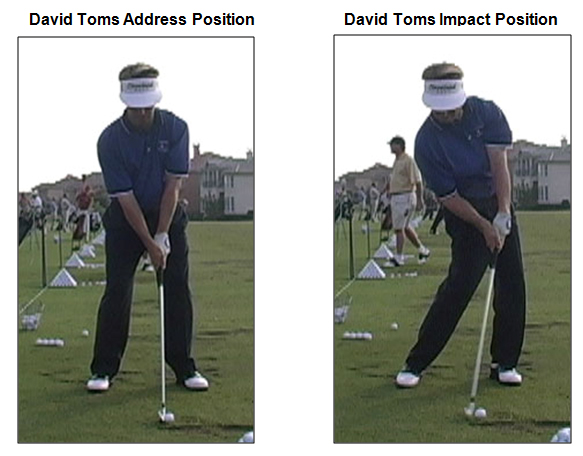
So the first thing we're going to have a look at in regards to impact is the hands, and more specifically your left hand. In the 1956 April edition of Golf Digest Ben Hogan wrote this:
I've noticed one thing that all good golfers do and all bad golfers do not. The good ones have their left wrist leading at impact. It seems a small thing, but I've found it to be universally true. At impact the left wrist of a good player is slightly convex, while that of a poor player is generally concave."
Ben Hogan
And a few minutes ago I said that you should NOT be in a position at impact that is similar to what you were in at address. Remember?
Well, one part of your body that should definitely not be anywhere close to the position it was at address is your hands. Because at impact your left hand should be convex slightly (bent slightly towards the target) and your hands should be quite a bit in front of where they were at address (look at those David Toms pictures above for confirmation of this).
This should happen naturally when you swing, because your hips move well in front of where they were at address due to the great lower body movement during the downswing. But sadly a lot of golfers interfere with this natural action, and instead they try to scoop the ball to help it get up in the air. The result of this is a left hand at impact that is concave. This very weak position with the left hand results in golf shots that lack accuracy, power and penetration.
Important Note:
If most of your irons go much the same distances, e.g. a 3 iron going much the same distance as a 6 iron etc. the reason will be because at impact your left hand is concave.Now the right hand is the power hand in the golf swing but the left hand is the lead hand and it must control the power applied by your right hand. You can't let your right hand lead the downswing. It must power it but the left hand should always lead it. And when you're a student of mine and learn to hit the ball with your left hand in the position of being convex at impact you'll hit shots with a lot more power and a much better flight trajectory that will add distance to your shots. Not to mention, much greater accuracy too!
Now at impact your right heel should be up off the ground. This is a result of most of your weight (about 90%) being transferred to your left side during the transition and downswing. Also, both of your knees should drive towards the target to help the lower body get through the shot with the most power possible.
Because of all of this your hips should be about 6 inches in front of where they were at setup, and open by about 45 degrees to the target at impact. Now listen up to what I have to say next because this is very important.
Even though your hips should move well towards the target and they should be very open, your head should be in pretty much the same position it was at address. You should not allow your head to move towards the target until well after impact. By doing this it means your lower body is well in front of your upper body which is just the way it should be.
And the reason you want your lower body to make such an aggressive move towards the target and then to open up is to clear the lower body out of the way -- especially the hips, to allow the shoulders and arms a lot of room to swing down forcefully to impact and into the follow-through.
OK, we've covered a lot of detail so here is a pictorial summary of what should be happening at impact from head to toe:
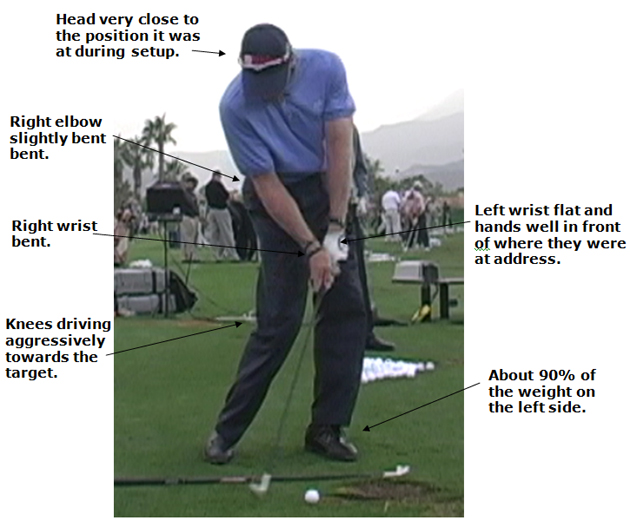
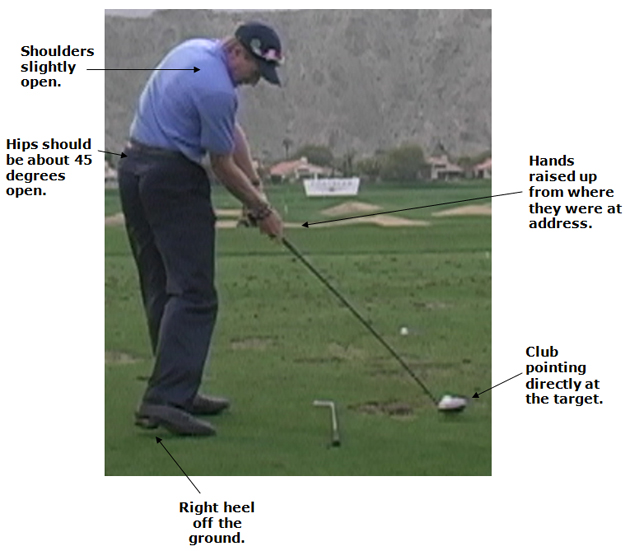
Again, you can't contrive a great impact position in the golf swing. But it's very important to know what it should look like when you get into impact. Also, it's very important that you don't try to get into the same position as you were in at address. The great players don't do that and neither should you.
That was a sample from my Long Game Mastery program that is on a limited time special that you can see here
.Check out what this golfer had to say after completing this program:
After completing this program my golf swing has vastly improved. Playing partners are asking me what I have been doing because my swing looks a lot better and my shots are going further and a lot straighter. I am very happy to have completed this program as I have been guilty of going from one thing to another with very little to show for it.
I am very fanatical about keeping my game stats and I can tell you that since starting and completing this program my scores are on average 7.4 lower than before I started.
The instructions I was given each week were very easy to follow and implement. I have never seen a swing improvement program that has such high quality instruction in it. Thanks for all your help and I look forward to improving other facets of my golf game as much, with your help."
Scott Calso, California, USA
Scott took 9 months to go through this program to get these results. But now, you can get this ENTIRE step-by-step program straight away... at a significant discount.
So if you're really sick and tired of your ball striking inconsistency, then go here to check out this program and get it at an amazing price with lots of gifts thrown in.
==> The Long Game Mastery Program Special
+ 5 Golf Improvement Gifts!
Ok, that's the end of today's tip. I have some more great info coming for you, so look out for some more emails from me.
Have a great week!
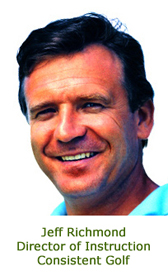

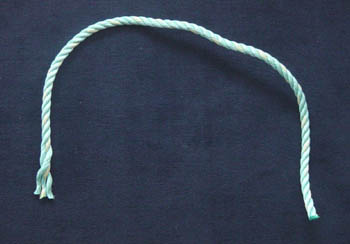
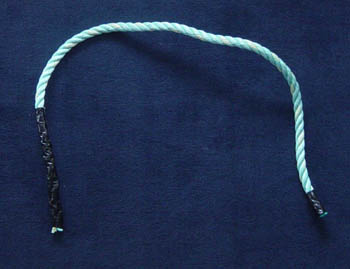
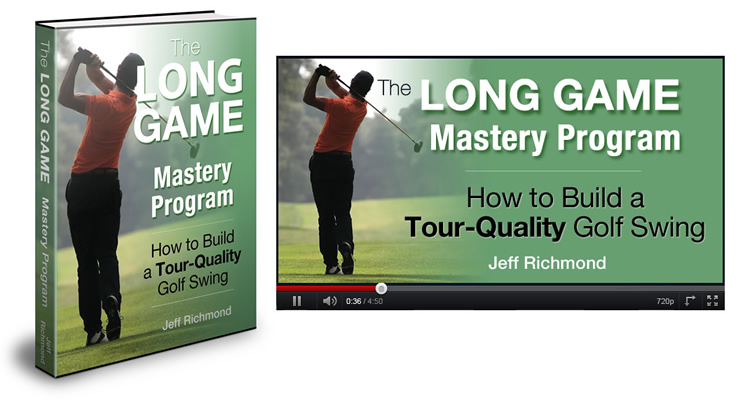
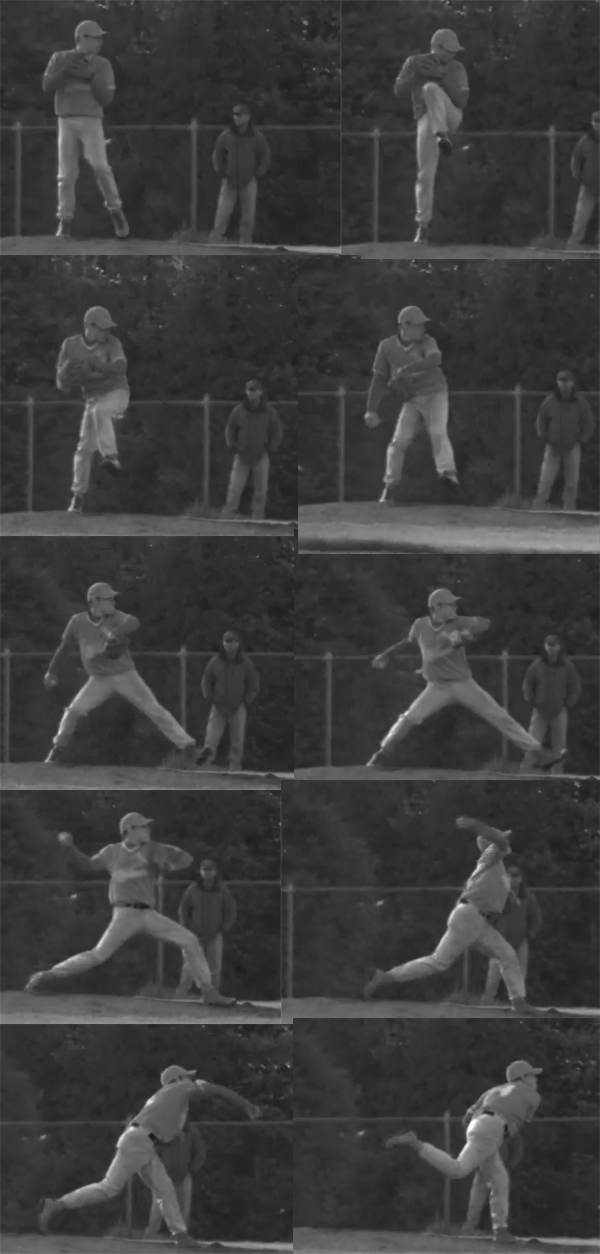




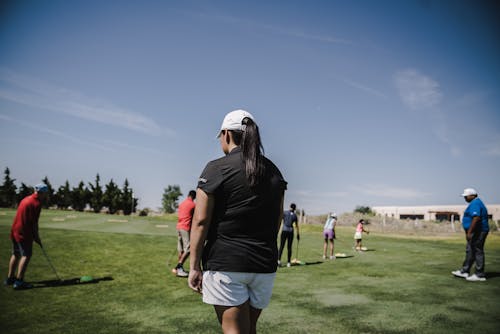

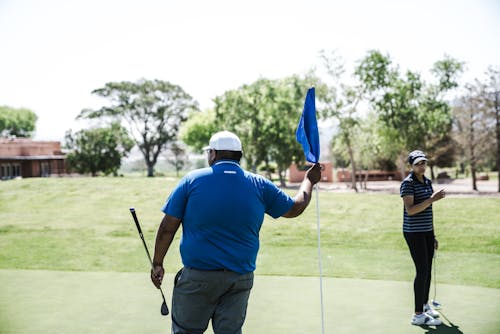
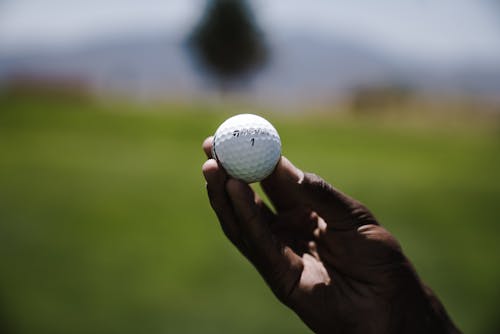






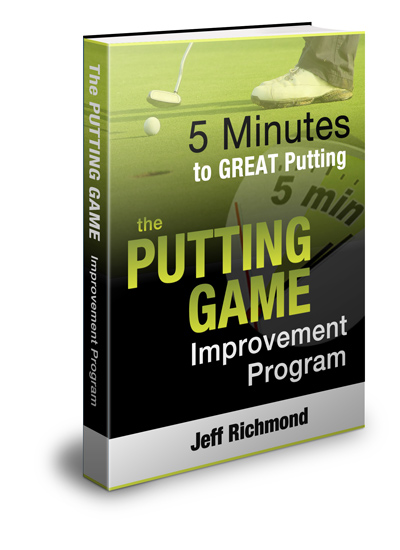
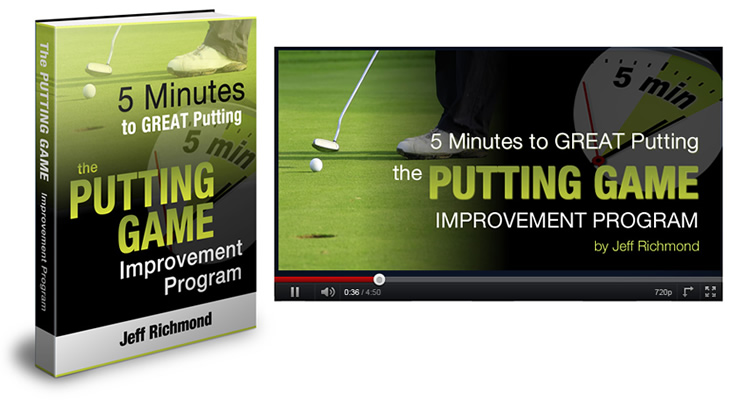

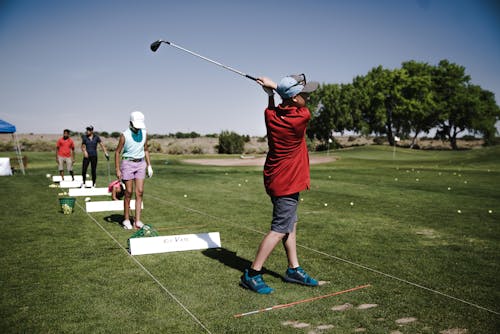
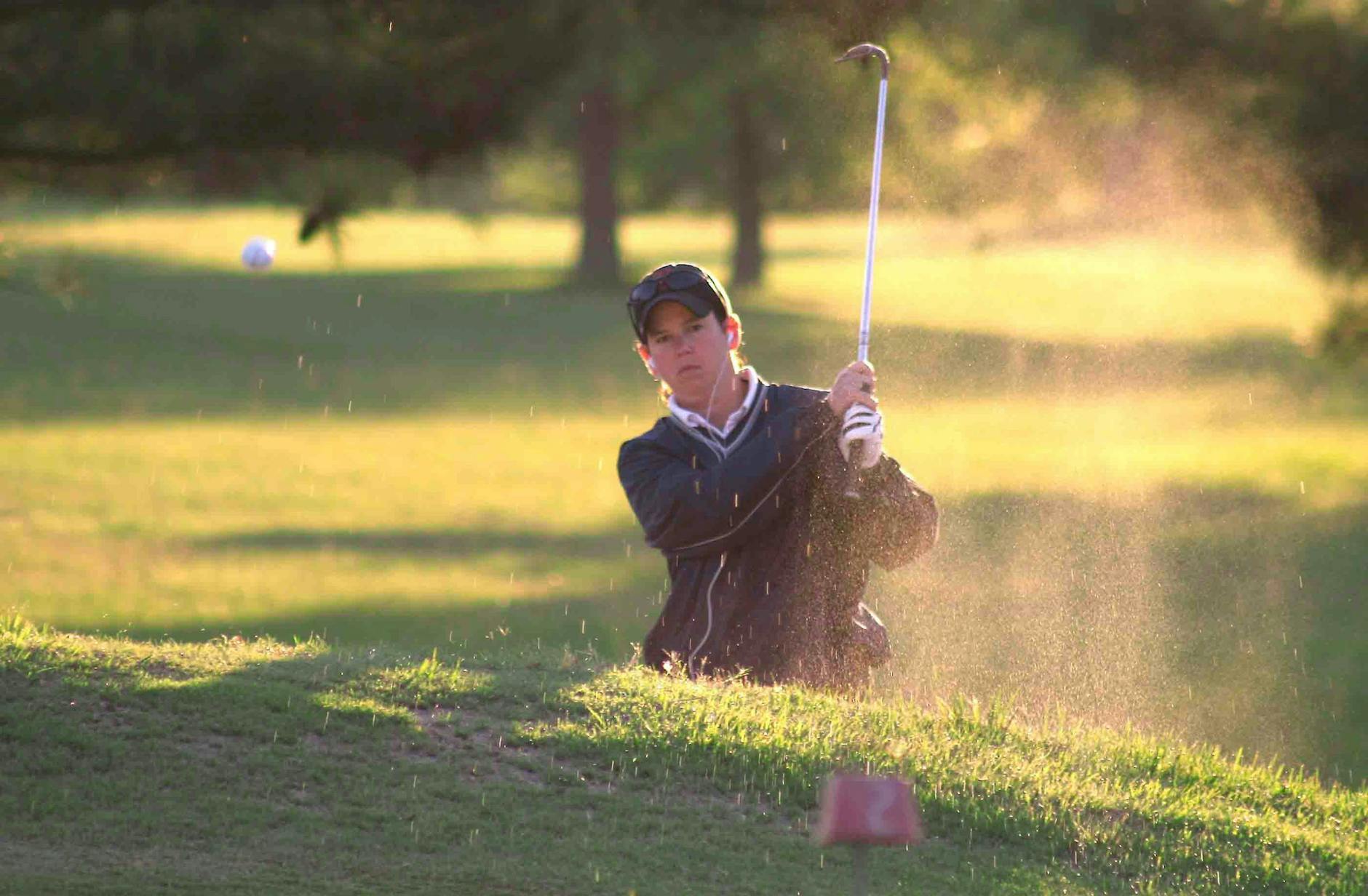

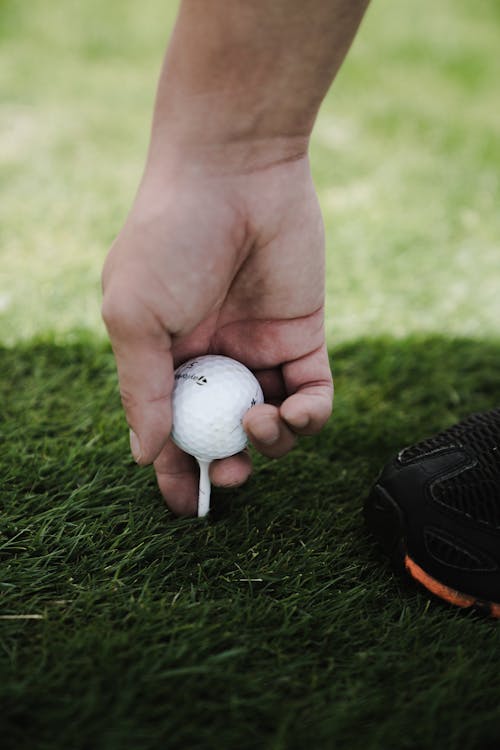






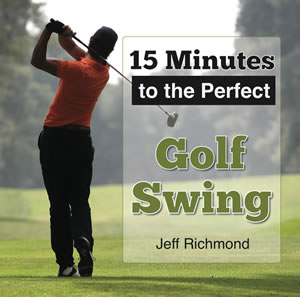
 If so, I wouldn't recommend you try and swing like Tim Herron.
If so, I wouldn't recommend you try and swing like Tim Herron.






